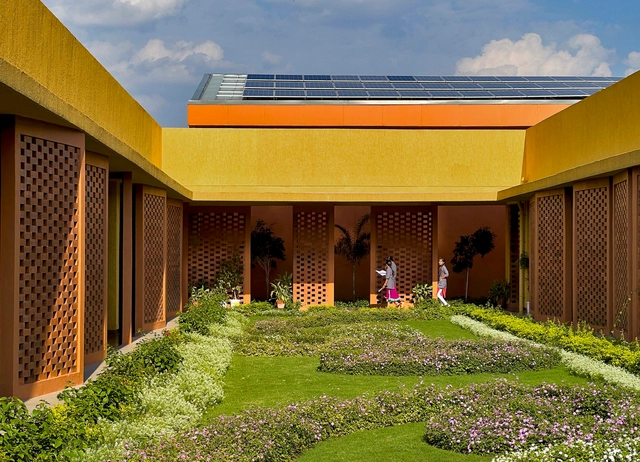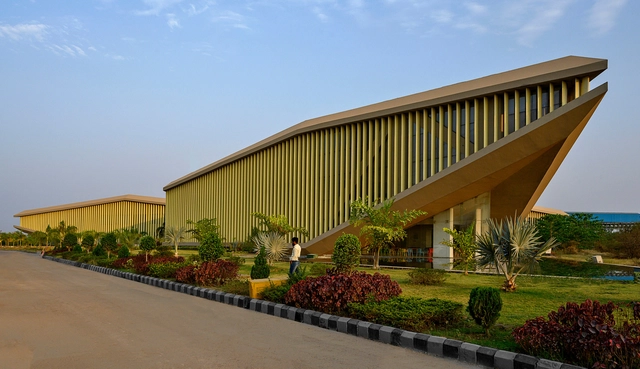
-
Architects: Matharoo Associates
- Area: 1280 m²
- Year: 2021
-
Manufacturers: ARTIZE, Architectural Lighting Works, Cooline, Daikin, Dercora, +6
If you want to make the best of your experience on our site, sign-up.

If you want to make the best of your experience on our site, sign-up.







.jpg?1515030902)
Nothing is more rational than using the wind, a natural, free, renewable and healthy resource, to improve the thermal comfort of our projects. The awareness of the finiteness of the resources and the demand for the reduction in the energy consumption has removed air-conditioning systems as the protagonist of any project. Architects and engineers are turning to this more passive system to improve thermal comfort. It is evident that there are extreme climates in which there is no escape, or else the use of artificial systems, but in a large part of the terrestrial surface it is possible to provide a pleasant flow of air through the environments by means of passive systems, especially if the actions are considered during the project stage.
This is a highly complex theme, but we have approached some of the concepts exemplifying them with built projects. A series of ventilation systems can help in the projects: natural cross ventilation, natural induced ventilation, chimney effect and evaporative cooling, which combined with the correct use of constructive elements allows improvement in thermal comfort and decrease in energy consumption.

During the World Architecture Festival in Amsterdam, ArchDaily sat down with Sanjay Puri who discussed his starting point, the architectural possibilities presented in India, and the oppositions faced by architects in his country. He also spoke of the importance of building in your context and not copying the past or the built environment in other parts of the earth.
With an office of more than 70, in Mumbai, Sanjay Puri Architects are currently working on several new ventures including education, residential, offices, hotel, and hospitality projects.

The 2018 World Architecture Festival has announced the second-day winners of this year’s edition, featuring works from such diverse firms as SeARCH, Sordo Madaleno, NextOffice, and Grimshaw.
The second day’s judging categories spanned a wide area, from future masterplanning visions to completed religious structures. The festival, held this year in Amsterdam, will culminate Friday 30 November with the World Building of the Year and Future Project of the Year Awards. These awards, selected from the festival’s list of category winners, will be selected by the festival’s “super jury”: Nathalie de Vries, Frederick Cooper Llosa, Lesley Lokko,Li Xiaodong, and Manuelle Gautrand.


